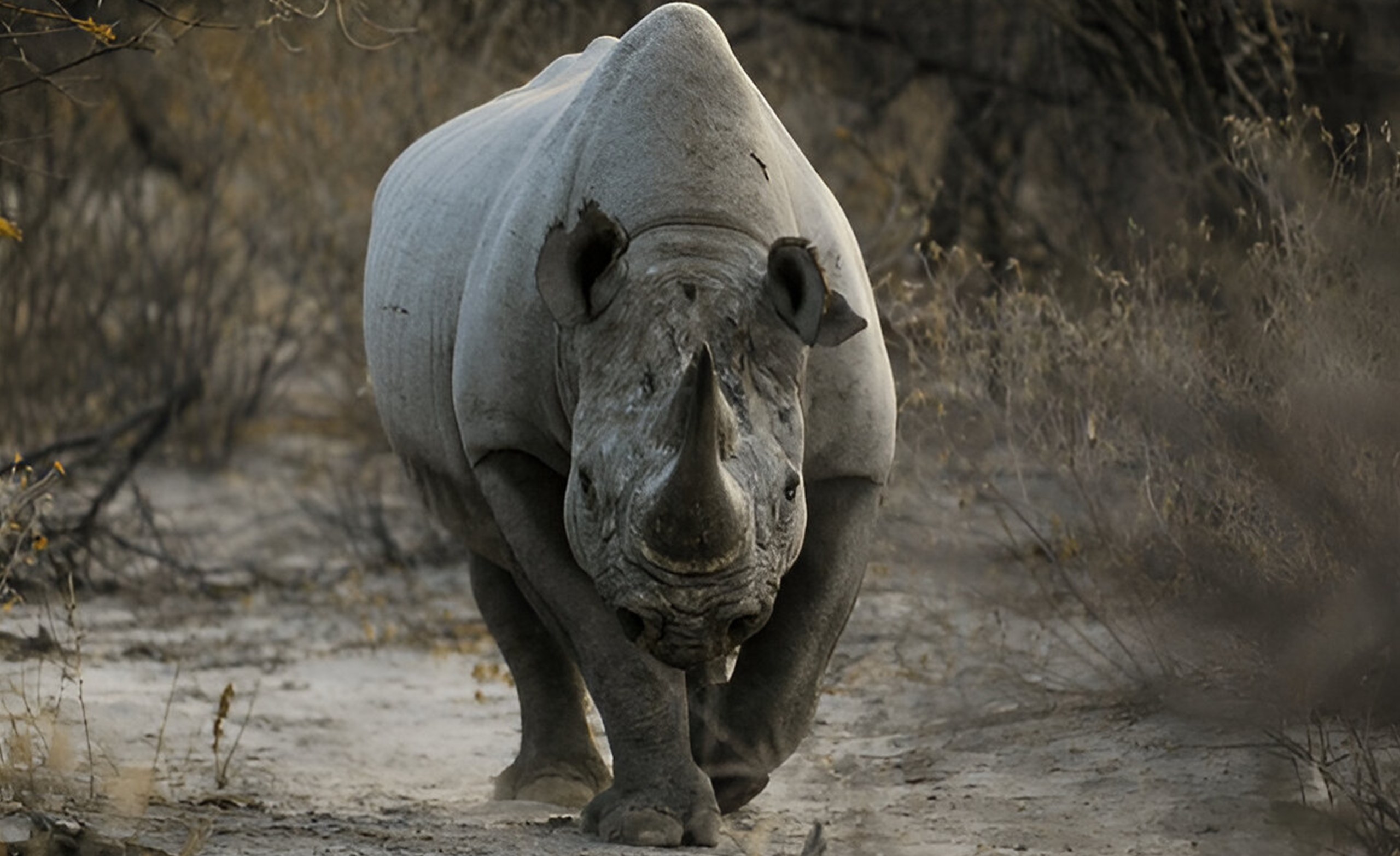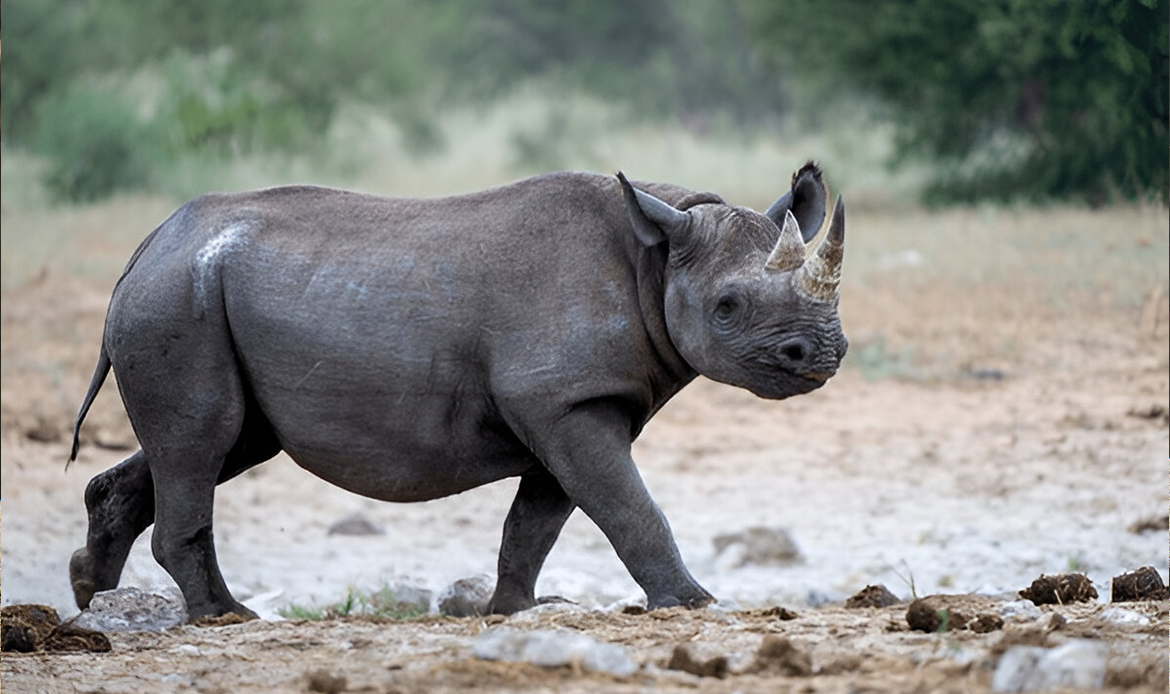
Black Rhino Conservation: Saving Africa’s Rare Giants
Africa’s wildlife is a symbol of raw beauty and power. Among its most iconic yet critically endangered species is the black rhinoceros. Once roaming freely across vast regions of sub-Saharan Africa, this majestic creature is now fighting a grim battle against extinction. Black rhino conservation has become a central focus for wildlife organizations, governments, and environmentalists alike, aiming to protect and revive the dwindling populations of these rare giants.
Table of Contents
The Plight of the Black Rhino
The black rhino (Diceros bicornis) is one of two African rhinoceros species. Despite their tough hide and intimidating horns, these animals are vulnerable due to human greed and habitat encroachment. Over the past century, black rhino populations have declined by over 90%, primarily due to poaching and illegal rhino horn trade. The horns, falsely believed to have medicinal properties or used as status symbols, have made these animals prime targets for wildlife trafficking.
Currently classified as Critically Endangered by the International Union for Conservation of Nature (IUCN), only around 5,500 black rhinos remain in the wild. Their survival hinges on robust and persistent black rhino conservation efforts.
Key Threats to Black Rhino Survival
1. Poaching and Illegal Wildlife Trade
The most immediate threat to black rhinos is poaching. Despite global bans, the black market value of rhino horns fuels relentless hunting. Rhino horn can fetch more than gold per ounce, encouraging organized crime syndicates to smuggle it across borders. Anti-poaching efforts are crucial in stemming this deadly trade.
2. Habitat Loss
Urban expansion, agriculture, and infrastructure development continue to eat into the rhino’s natural habitat. As their roaming areas shrink, rhinos are forced into smaller, fragmented territories, which limits breeding and increases vulnerability.
3. Climate Change
Droughts and changes in vegetation due to climate change disrupt the natural food and water sources of black rhinos, further threatening their survival.

Successful Black Rhino Conservation Strategies
Despite the dire situation, black rhino conservation is not a lost cause. Various initiatives have shown that with sustained effort, rhino populations can rebound.
1. Anti-Poaching Units and Surveillance
Many African nations have established specialized anti-poaching units trained in military-style tactics, intelligence gathering, and use of technology such as drones and thermal cameras. These units are instrumental in reducing poaching incidents and catching wildlife traffickers.
2. Habitat Protection and Expansion
Conservation organizations work tirelessly to secure and expand habitats through the establishment of national parks and private game reserves. Translocating rhinos to safer, well-managed environments is another tactic that allows for population growth and genetic diversity.
3. Community Involvement
Local communities play a critical role in black rhino conservation. Programs that involve and benefit local populations—such as eco-tourism, education, and employment—help reduce poaching by creating economic alternatives and fostering a sense of stewardship for wildlife.
4. Captive Breeding and Reintroduction
While not a substitute for wild populations, captive breeding programs serve as a genetic reservoir. These programs carefully breed rhinos and later reintroduce them into protected wild environments, supporting population recovery efforts.
Global Support and Awareness
The fight to save the black rhino has gained international attention. Organizations like the World Wildlife Fund (WWF), Save the Rhino, and African Parks have been at the forefront of black rhino conservation, investing millions into protecting this species.
International treaties such as CITES (Convention on International Trade in Endangered Species of Wild Fauna and Flora) play a vital role in regulating the rhino horn trade and pressuring governments to enforce wildlife laws.
Moreover, global awareness campaigns, documentaries, and wildlife advocacy have inspired individual contributions, including donations, volunteering, and ethical tourism—all of which support conservation efforts.
Why Black Rhino Conservation Matters
Saving the black rhino is not just about preserving one species; it’s about maintaining biodiversity, ecological balance, and cultural heritage. As mega-herbivores, rhinos play a critical role in shaping African landscapes by influencing vegetation and supporting other species within the ecosystem.
Furthermore, black rhinos symbolize the broader challenge of protecting endangered species from human-driven threats. Their survival is a testament to our ability to coexist with nature and take responsibility for the damage we have caused.
Conclusion
Black rhino conservation is a complex and ongoing mission, requiring global cooperation, innovation, and relentless determination. From anti-poaching patrols to habitat restoration and community-based projects, every effort counts in the race to save Africa’s rare giants.
The time to act is now. Whether you’re a traveler, donor, or simply an advocate for wildlife, supporting black rhino conservation means standing up for a future where these magnificent creatures can thrive once again in the wild.
